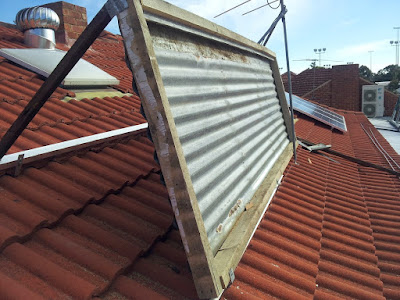Facts of Snow Load on Commercial Roof | Naples-roofing
The weight of Snow and Ice
Different
snow weighs different amounts for example packed wet snow weighs more than
powder snow and the ice is much heavier than both the wet or powder snow. The
buildings could be covered with all these types of frozen precipitation of
snows at random times.
A
layer of ice may form under a foot of fresh snow when it melts and refreezes,
causing the snow load to weigh roughly 10 pounds per square foot. Roof loads
increase as fresh snow compacts and new snow falls. When snow and ice gather on
the surface of your roof, it may be able to withstand 60 pounds per square foot
of roof.
Various Roofing Types
Tolerance
Snow
accumulation on your building might be increased or decreased depending on the
shape of your commercial roof. Snow will stick to low-sloped roofs more readily
than steeply pitched roofs. Asphalt shingles and aggregate finishes, for
example, shed snow less than slippery roofing materials. On the other hand,
single-ply membranes and metal roofing panels are more likely to discharge
accumulated snow.
Snow
accumulation is influenced by the design of your commercial roof. Under windy conditions,
saw-toothed and stepped roofs allow for huge snow drifts to accumulate.
Long-span roofs are more likely than short-span roofs to collapse. Snow-related
roof collapse is most common on wood-framed and timber-framed roofs. If built
before the adoption of snow-load-related construction rules, older
pre-engineered metal roofs are similarly at risk of collapsing.
Steel, cold-formed steel, and concrete roof framework that is properly braced are less likely to cave in when snow loads are high. Due to the increased weight of the roofing cover, all framing-material tolerances are lowered when additional materials are put over an old roof.
Safe Snow Removal
Importance
You're
in danger of a roof collapse when the snow load on your building approaches 20
to 25 pounds per square foot. Snow should be removed from the building as soon
as possible at that weight. Prepare a snow removal strategy in advance. Hire a
professional snow removal team in New York to remove snow if you don't
have appropriately qualified personnel. Before you start working on your snow
removal plans, consult a structural engineer and a roofing contractor. Snow
removal done incorrectly might cause structural damage to a roof that is
already under stress.





Comments
Post a Comment